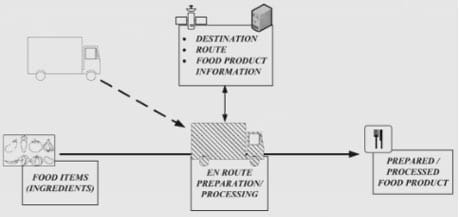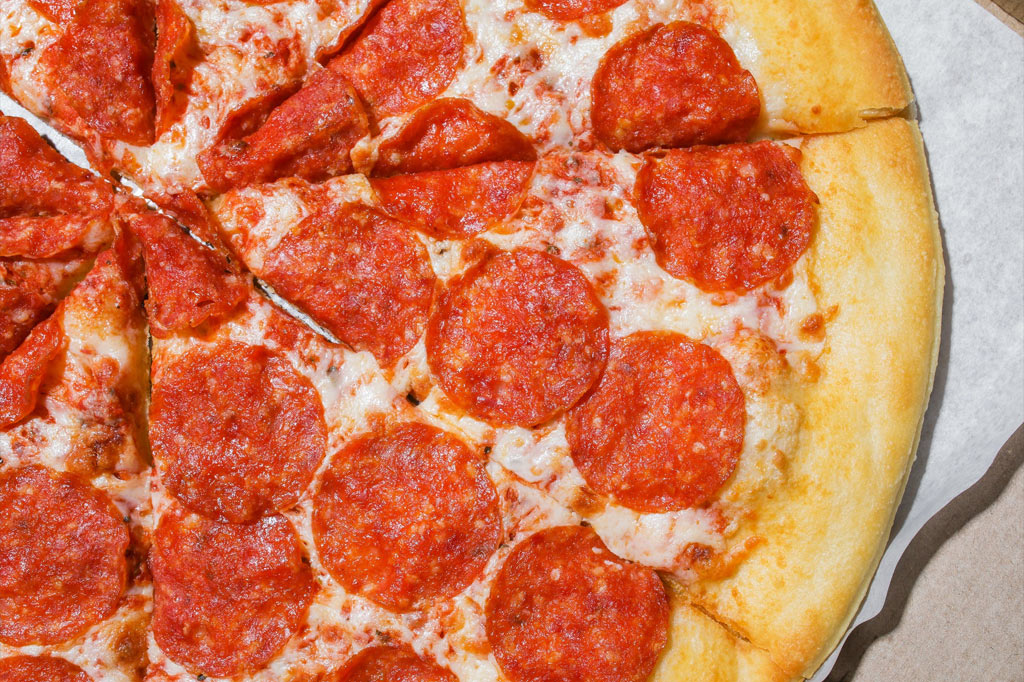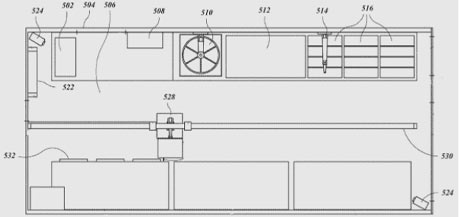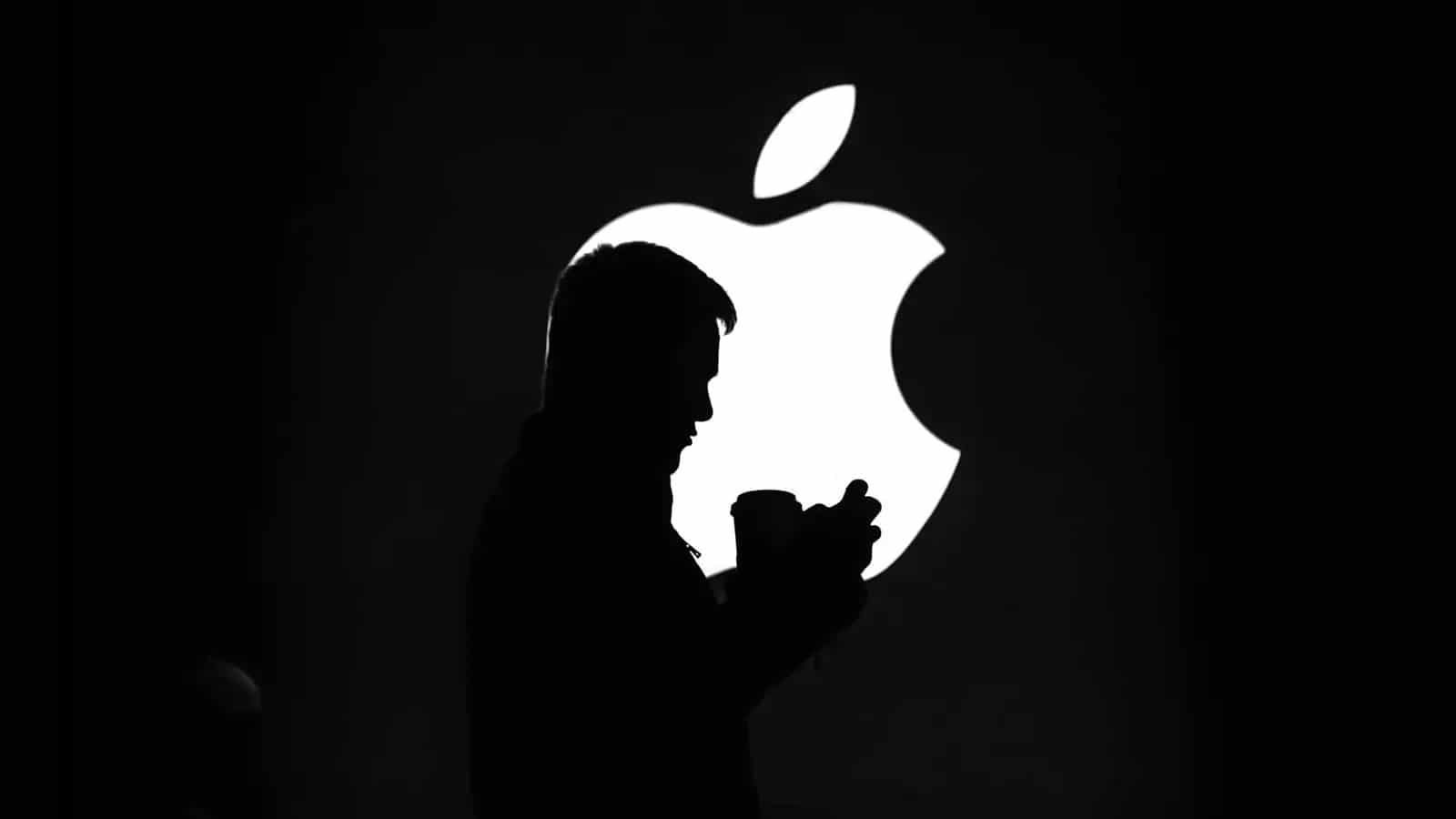In 2020, California-based startup Zume shuttered its robot pizza delivery business, built around trucks that would cook food on their way to customers. We’re reviewing the company’s patent application for pizza-made-by-robots, and how this futuristic idea failed to deliver.
Zume’s USPTO filing covered food products for delivery in general, not just pizza. It claimed a system featuring trucks, railway cars, watercraft, and similar vehicles. These would carry robotic devices that timed the preparation of food according to the vehicle’s route, and vice versa.

Fig. 1. A high-level block diagram for an example en route food product preparation system employing delivery vehicles or containers.
A truck, for instance, would have at least two re-configurable ports: one to load it with raw ingredients and supplies, and another to give customers their completed food orders. Items such as spices and sauces may be loaded onto the vehicle in hermetically sealed plastic bags. Ingredients may be separated to account for customers’ possible allergies or dietary restrictions.
The truck would have compartments that enable distinct environmental conditions, like those suited for refrigerators or ovens. In some embodiments, an entire vehicle would be refrigerated. Compartments may have different temperatures, humidities, or oxygen levels, depending on the food items they would contain. Airlocks or air curtains may separate the compartments and ensure the food preparation areas are sterile. Surfaces within the truck may be cleaned using UV lights or a robotic cleaning system.
Autonomous food preparation equipment may be installed along the walls of the truck, each corresponding to steps in the cooking process. Their respective compartments are configured to hand off outputs until the procedure is complete. These robots are handled by an onboard controller, which ensures the food is done by the time the truck arrives at its destination.
The onboard controller also manages the vehicle’s route, and may receive instructions from a remote controller via wireless communication. These instructions can precisely time the truck’s travel and food preparation operations. The system accounts for route changes when estimating a time of arrival; it also pauses and resumes the robot’s cooking activities as travel information gets updated.
In an example implementation, the onboard controller may select delivery destinations based on the complexity of food orders. The truck may be instructed to deliver a simple cheese pizza first, before driving to a customer who ordered a pie that takes longer to prepare. Changing traffic conditions would also impact operational parameters and timing such as the temperature of the pizza oven and baking time.
Fig. 2. A top plan view of a vehicle’s cargo area where en route food product preparation is conducted.
A dispensing robot [514] retrieves ingredients from nearby containers [516], and the food is conveyed [512] underneath a cutter [510].
A transfer robot [528] along a rail [530] can operate the oven [532].
There is also space for a human operator [506], who has access to a service counter [504], a service window [522], a non-food (e.g. utensil) dispenser [508], and a wash basin [502].
Cameras [524] provide live images of the cargo area, and enable the viewer to assess the quality of prepared food items.
Zume Pizza lasted four years before delivering its last order. The food logistics company was majorly backed by Tokyo’s Softbank, by an amount of $375 million, giving Zume a $1 billion valuation in 2018. Unfortunately, robot pizza failed to impress, let alone turn a decent profit.
A scathing review published by the IEEE’s flagship Spectrum magazine pointed out the pizzas’ scant toppings and crusts whose “texture and taste could best be described as cardboard.” These shortcomings by Zume’s robotic chefs also meant the product could not justify its pricing, which had it competing with Silicon Valley’s artisan pizza restaurants.
By Jan. 8, 2020, the startup had slashed its workforce by half and decided to shift its focus to sustainable food packaging. Zume is still using robots in its business, tapping into the $275-billion market for green packaging.
The featured patent application, “Delivery Vehicles For En Route Food Product Preparation”, was filed with the USPTO on June 3, 2019 and published thereafter on July 15, 2021. The listed applicant is Zume Inc. The listed inventors are Joshua Gouled Goldberg, Alexander John Garden, Vaibhav Goel, Tookie Graham.







